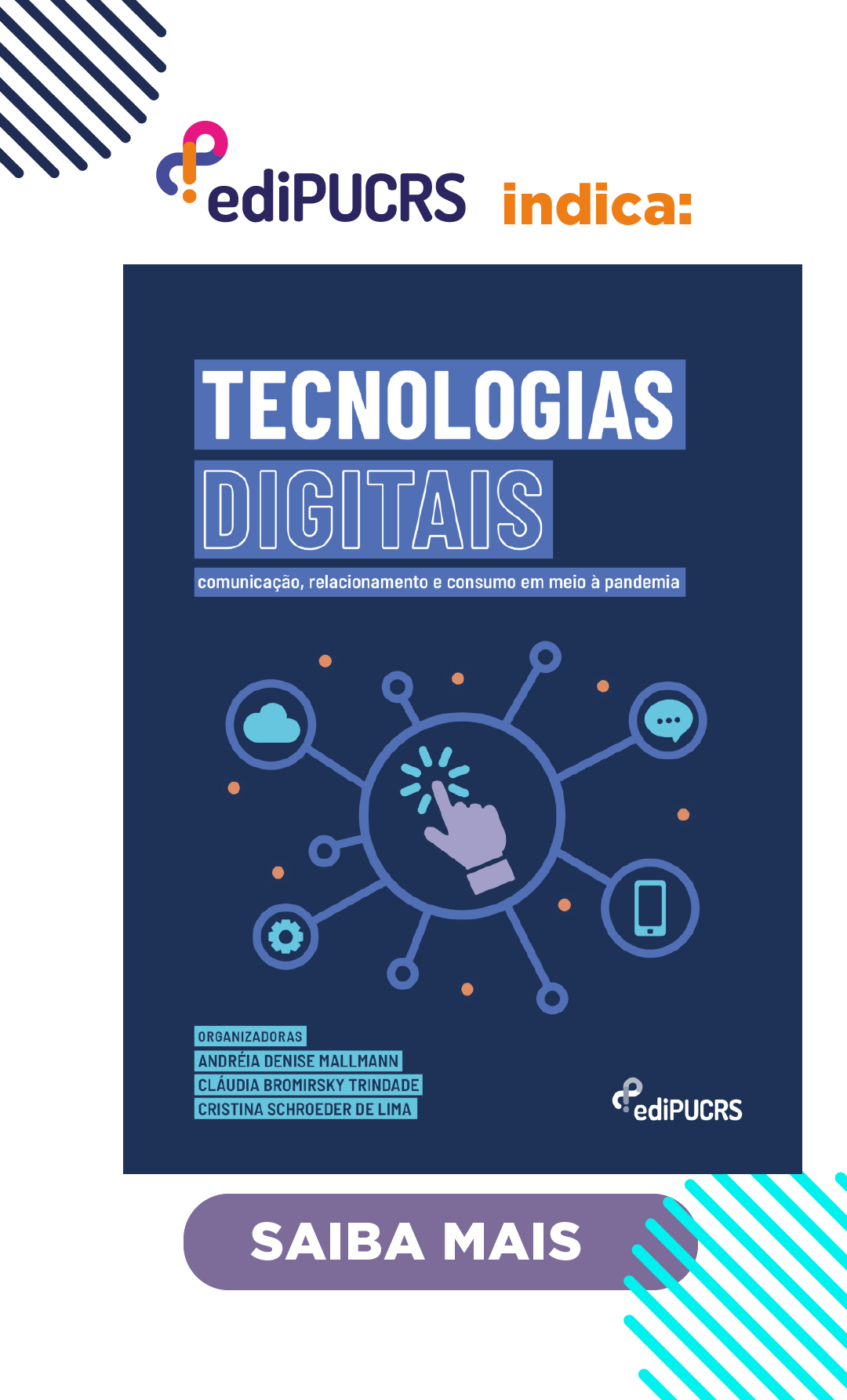The hidden face of charity: lines of force and fracture in the Media discourse of the good
DOI:
https://doi.org/10.15448/1980-3729.2009.38.5298Keywords:
Discursive empowerment, social humiliation, citizenshipAbstract
Discussing more thoroughly the concept of citizenship and its appropriation by mass media like something to be “offered” to the minorities, the present article analyses the material and symbolical conditions which are behind a communication system based upon the discursification of good. We try to show how lines of force perpetuate themselves in the same measure as the minorities´ autonomy is progressively being undermined by a docilization discourse, which congeals alterity into the permanent debtor position. In this sense, we seek to discuss the meaning of domination and the tacit mechanisms it uses in order to maintain and validate the hegemonic discourse.Downloads
References
ARENDT, Hannah. A condição humana. Rio de Janeiro: Forense Universitária, 2007.
BAUMAN, Zygmund. Globalização: as conseqüências humanas. Rio de Janeiro: Zahar, 1999.
BACCEGA, M. Aparecida. Comunicação, educação e tecnologia: interação. Comunicação e Educação, São Paulo, ano X, n. 1, jan/abril, 2005.
BEUTER, Simone. Cidadania Planetária: uma nova concepção socioambiental que contempla o meio ambiente como um direito humano fundamental. In: SPAREMBERGER, Raquel (Org.). Direito ambiental: um olhar para a cidadania e sustentabilidade planetária. Caxias do Sul: EDUCS, 2006.
BOSI, Ecléa. O Tempo vivo da memória. São Paulo: Ateliê Editorial, 2003.
BRUNI, José Carlos. Foucault: o silêncio dos sujeitos. In: SCAVONE, Lucila (Org.). O legado de Foucault. São Paulo: UNESP, 2006.
CERTEAU, Michel de. A invenção do cotidiano. Petrópolis: Vozes, 1994.
DELEUZE, Gilles. Conversações. Rio de Janeiro: Ed. 34, 1992.
DEMO, Pedro. Cidadania tutelada e cidadania assistida. Campinas: Autores Associados, 1995.
FOUCAULT, Michel. Resumo dos cursos do Collège de France (1970-1982). Rio de Janeiro: Zahar, 1997.
______. A verdade e as formas jurídicas. Rio de Janeiro: Nau, 1999.
______. Vigiar e punir: o nascimento da prisão. Petrópolis: Vozes, 1987.
______. Microfísica do poder. Rio de Janeiro: Graal, 1979.
FRIGOTTO, G. Cidadania, Tecnologia e Trabalho: desafios de uma escola renovada. In: Tecnologia Educacional, v. 21, n. 107, p. 4-10, 1992.
GODELIER, Maurice. O enigma do dom. Rio de Janeiro: Civilização Brasileira, 2001.
GONÇALVES FILHO, José Moura. A invisibilidade pública (prefácio). In: COSTA, Fernando Braga da. Homens invisíveis. São Paulo: Globo, 2004.
______.Humilhação Social: humilhação política. In: SOUZA, Beatriz. Orientação à queixa escolar. São Paulo: Casa do Psicólogo, 2007.
______.Olhar e Memória. In: NOVAES, Adauto. O Olhar. São Paulo: Companhia das Letras, 1988.
______.Cultura e formação: notas marginais. In: PATTO, Maria Helena & FRAYZE-PEREIRA, João. Pensamento cruel: humanidades e ciências humanas. São Paulo: Casa do Psicólogo, 2007.
LEROY, Jean-Pierre & PACHECO, Maria Emília Lisboa. Como fazer com que o acesso aos recursos genéticos da biodiversidade brasileira seja feito de forma ambientalmente sustentável e seus benefícios repartidos de forma socialmente justa? In: CAMARGO, Aspásia (Orgs.). Meio ambiente Brasil: avanços e obstáculos pós-Rio-92. São Paulo: ISA, 2004.
MAUSS, Marcel. Sociologia e antropologia. São Paulo: Cosac&Naify, 2003.
OLIVEIRA JUNIOR, José Alcebíades de. Teoria jurídica e novos direitos. Rio de Janeiro: Lumen Júris, 2000.
SANTOS, Boaventura de Sousa. A gramática do tempo: para uma nova cultura política. Porto: Afrontamento, 2006.
______. Renovar a teoria crítica e reinventar a emancipação social. São Paulo: Boitempo, 2007.
VARELA, Ainda. Informação e construção da cidadania. Brasília: Thesaurus, 2007.
WEIL, Simone. O enraizamento. São Paulo: EDUSC, 2001.
Downloads
How to Cite
Issue
Section
License
Copyright
The submission of originals to Revista Famecos implies the transfer by the authors of the right for publication. Authors retain copyright and grant the journal right of first publication. If the authors wish to include the same data into another publication, they must cite Revista Famecos as the site of original publication.
Creative Commons License
Except where otherwise specified, material published in this journal is licensed under a Creative Commons Attribution 4.0 International license, which allows unrestricted use, distribution and reproduction in any medium, provided the original publication is correctly cited.





